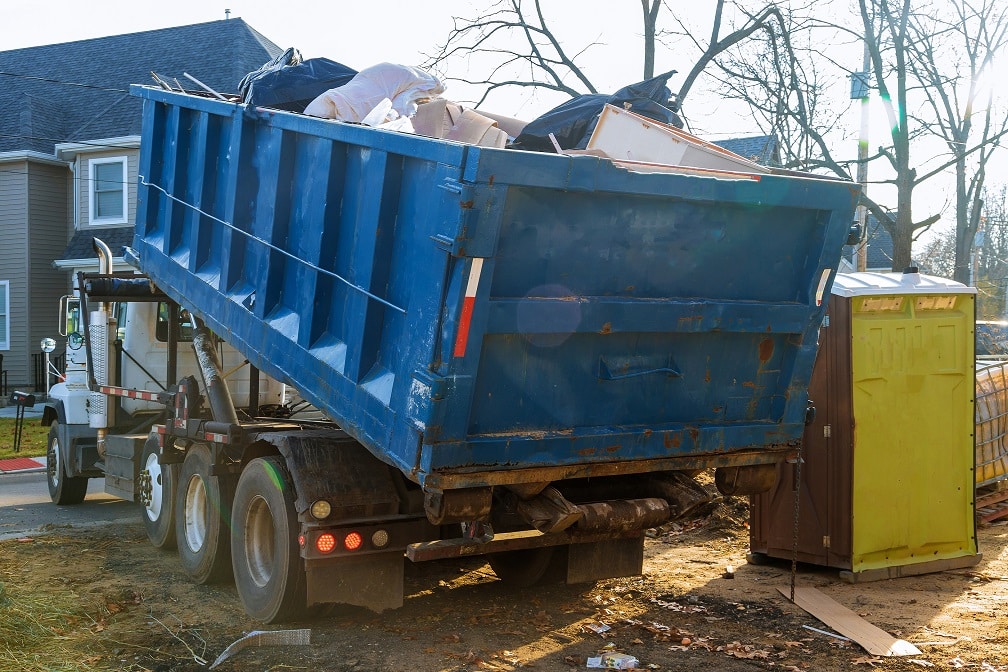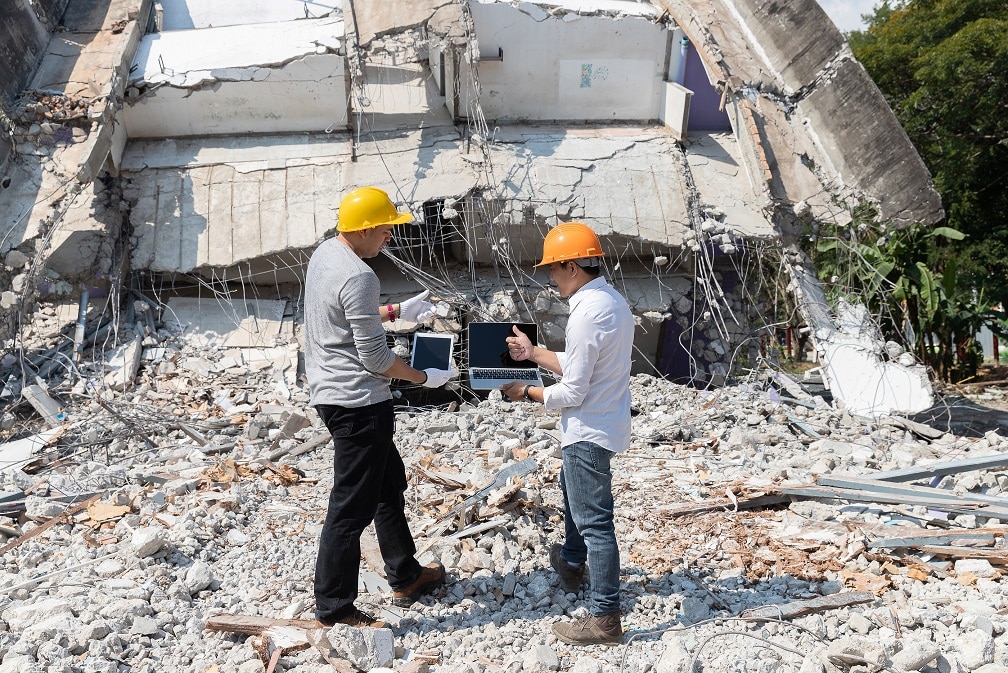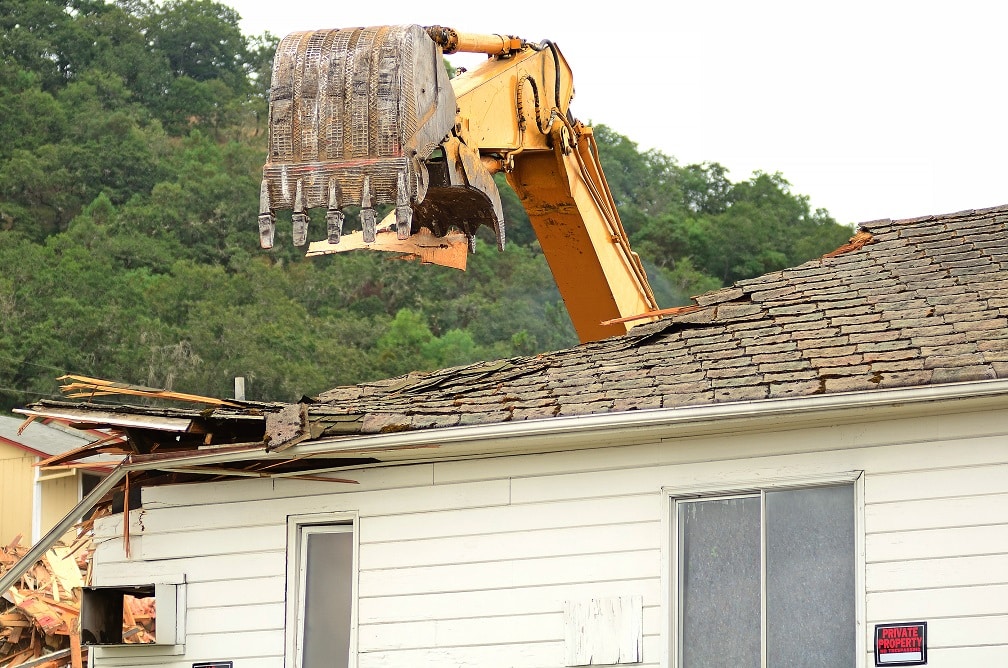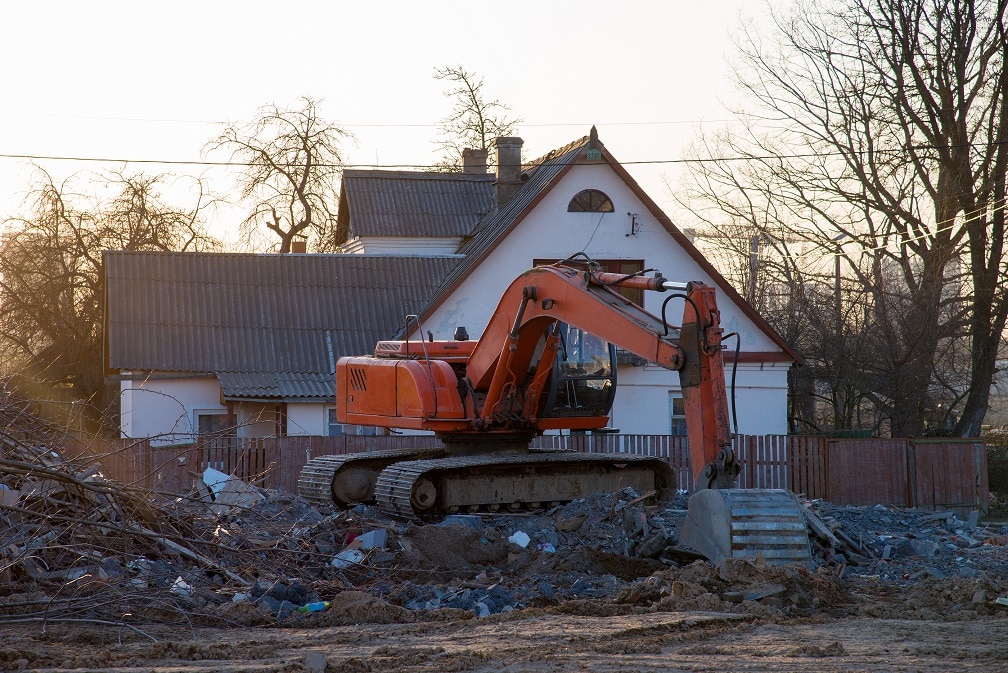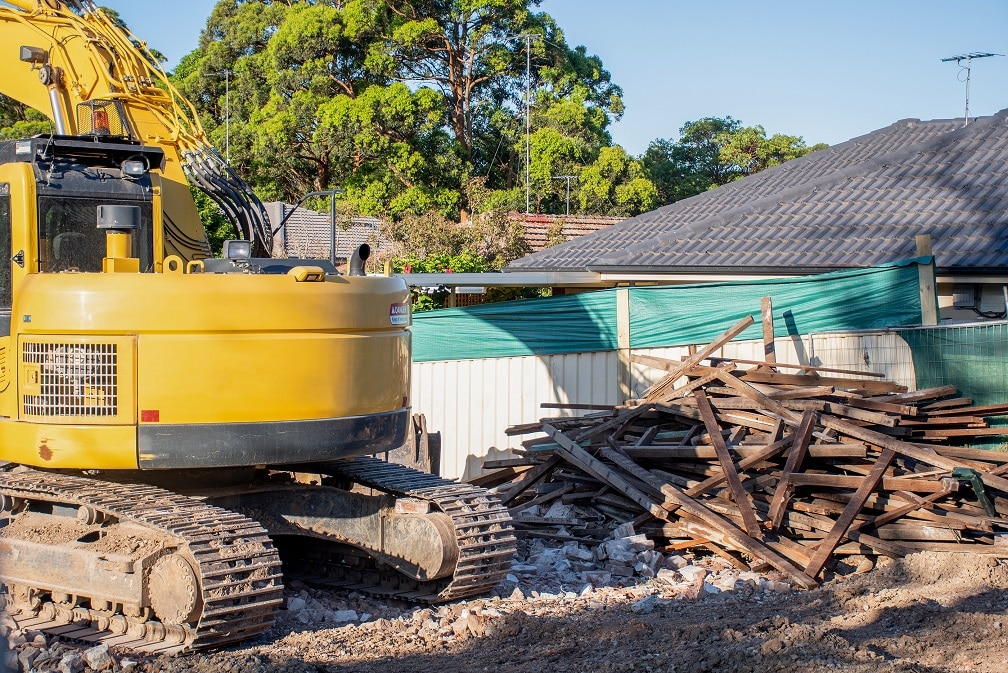Demolition is perhaps one of the most interesting aspects of building construction work. As more structures are constructed, a time comes when we need to demolish the old ones, either to make room for newer ones or safety reasons.
Every building comes with a lifespan; it’s design life. For example, an architect may design a house or building with a life span of 80 to 100 years. When that period lapses, the building might become dangerous to the adjacent newer buildings or unsafe for habitation.
When it comes to demolishing a building or structure, the process is as simple as just turning up with excavators and bringing the structure down. There is a standard procedure that leads up to the actual demolition.
Pre-Demolition Review
The first big step is to get the necessary permits to ensure you don’t run afoul of the local building rules and regulations. Depending on your local and state governments, you might require to get specific permits before starting any demolition activities. Before you start any large scale demolition project, always check with the authorities ensure you are in compliance.
Before the actual process of demolition begins, the company selected to carry out the work makes a comprehensive assessment of the building and grounds. That includes any utilities running through the site as well as other potential risk points for the demolition squad or the public. A professional inspection team typically does this review.
Among the questions to be addressed are the issues related to hazardous materials used in constructing the building, the proximity of neighboring structures, and the demolition site accessibility in case heavy equipment is required. Other considerations may cover whether the usage of explosives is suitable and, if so, how to control the blast effect.
Main Methods of Demolition
Buildings are mostly demolished due to safety or age issues. When it no longer fulfils its original purpose, a structure will be brought down to pave the way for a new one. As building structures have evolved and become more complicated, so has the demolition work.
The process of dismantling or demolishing a building is done by one of the main types of pre-planned and controlled demolition methods. There’s, however, there’s more to demolition than only swinging a wrecking ball or placing explosives — it entails highly trained experts working with heavy mechanical equipment, heavy debris, materials, mass, physics, and weather conditions.
Today there are many ways of demolishing a structure. The selected method of demolition must consider the size of the building, the location, and the structural type. The general rule is to use the simplest and safest method, not necessarily the cheapest.
1. Implosion
The most dramatic method of demolition is implosion. This method involves the use of explosives to knock out the primary vertical supports of a building. This causes the building to collapse onto itself. How the explosive charges are placed, and their sequence of detonation is very critical to the success and safety of a demolition. Often, implosion is the best method when you want to demolish large buildings in urban areas.
2. Wrecking Ball
Wrecking ball demolition is one of the most common and oldest methods of demolition. Typically it’s used for concrete and masonry type of structures. A wrecking ball that can weigh up to 13,500 pounds and suspended on a cable extending from a crane is either swung into or dropped onto the structure. The power simply crushes the building using repeated blows.
The wrecking ball has now been largely outmoded, and its work was taken up by excavators and other modern mechanical means that are more efficient, precise, and safer.
3. High Reach Arm
The best alternative to implosion, high reach arm demolition is typically used on taller buildings that reach about 66 feet or more. A special demolition tool, such as shears, a crusher, or a hammer gets attached to the end of a long arm and used to break up the structure from the top downwards.
High reach arm is the best method when demolishing structures with lots of masonry, steel reinforced concrete, steel pillars, and mixed-materials. It’s considered safer than the traditional wrecking ball when demolishing tall buildings.
4. Selective Demolition
Selective demolition is also known as strip-out. Its gaining more popularity as it allows builders to recycle or reuse the building’s materials. The method involves the removal or stripping of specific exterior or interior portions of a structure while protecting the remaining building structure or the nearby structures.
Selective stripping of concrete, wood, metals, brick, and metals allow for future use or recycling; blending the new with the old.
5. Interior Demolition
Interior demolition involves taking apart the interior portions of a building structure while preserving the broad exterior. This is usually done in preparation for a major renovation project and usually entails the removal of walls, pipes, ceilings, etc.
6. Deconstruction
Also known as “demolition by hand,” or “green demolition”, deconstruction is a process that entails manually stripping the building piece by piece to salvage as much of the interior the materials as possible.
Waste Removal
The quantities and composition of waste depend on what is being demolished, the building materials used, and age of the structure. Lots of demolition materials are generated when existing buildings are demolished. In the US, demolition represents over 90% of total debris generation,
Demolition waste management comes with numerous advantages. These include minimizing airborne pollutants, reducing heavy metals and other hazardous materials within the general waste stream. It is also vital to reduce visual pollution.
Safety during Demolition
The safety pre-caution considerations needed during the process of demolition are different from standard construction safety preparations. Greater attention must be given to how the building can be demolished and avoid unintentional collapse. Collective measures from several stakeholders such as governing agencies, demolition companies, and workers are critical if accidents are to be avoided during the process of demolition.
The hazards associated with demolition can be controlled with proper planning, the necessary training, use of the right equipment, and compliance with demolition rules and regulations such as the OSHA standards.

